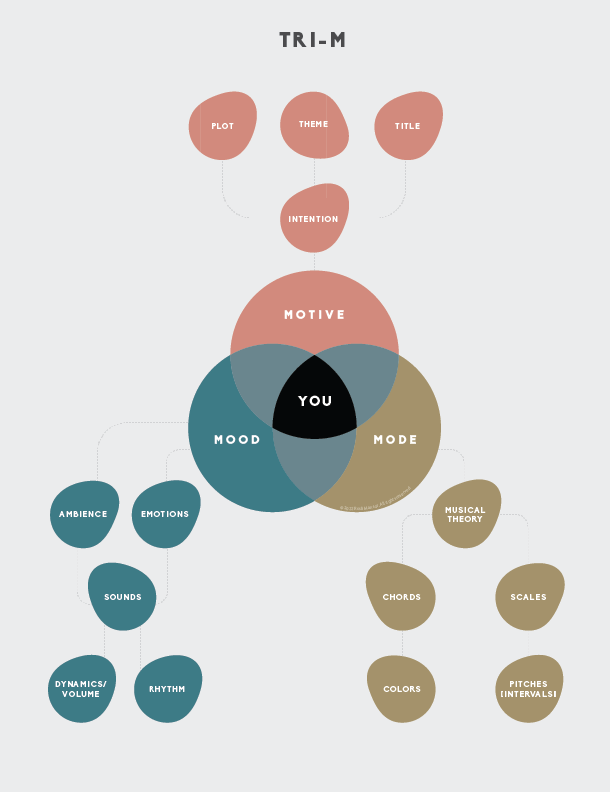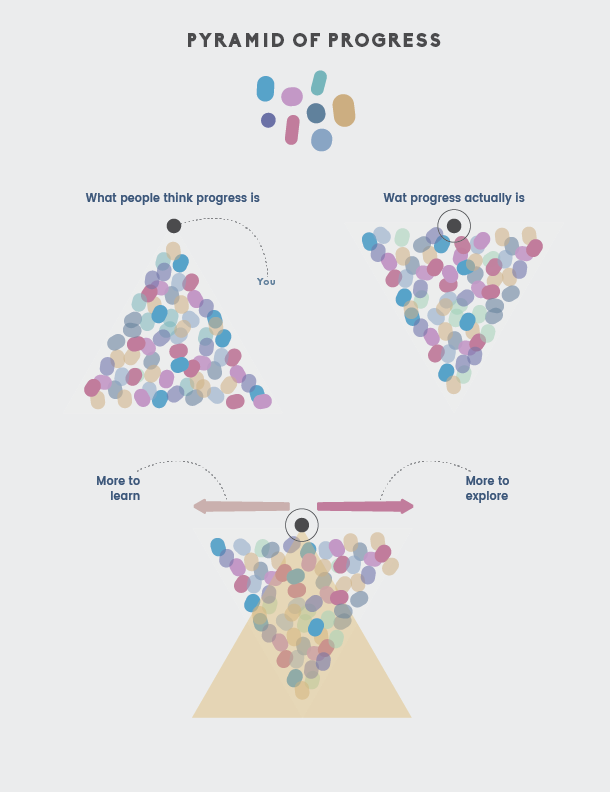Motive, Mode and Mood
Optimizing students’ individual approach to music
MOTIVE is the work of our hearts.
MOOD is how we stay in rhythm and dynamics.
MODE is where knowledge is gained and utitlized.
Three decades into teaching music, I‘m convinced that when it comes to music education, there must be a bigger purpose than pure passion and interest.
It has to drive the students and encourage them to do more than just learning music as a hobby. What begins as a hobby can become a livelihood, and I am proud to have a large number of my students who are now artists, professional musicians and even teachers of music themselves.
And apart from preparing them for music exams and performances, I believe that every student can, and should write and perform their original compositions.
Here is one of the unique programs I have created to optimize the students’ individual approach to music, and tailored to draw out their fullest potential:
Tri-M

Practice Plan

Pyramid of Progress
![]()
Tri-M –
Motive, Mood, Mode
“Balance the control instead of controlling the balance.”

Tri-M is a methodology.
Most of us think that learning how to play music by going to school or taking up classes is done with the objective of acquiring knowledge, especially since music falls under the Mode category. But Mode consists of the theory of music scales and harmonies, and makes up only 33% of music creation.
Mood is underpinned by dynamics and rhythm – the flow of music playing or writing intrinsically linked to the human essence. This forms the other 33% of music creation.
But the most important component in any music creation is that of Motive.
Motive is the work of the heart which inspires you. It becomes the reason you pick up an instrument, write a composition, become a performer, etc. With Motive, you are pushed to reach your goals and progress.
So Motive takes up 33%, leaving us with the last 1%, and that 1% is you.
From my perspective, I will drive that 1% towards Motive, because Mood and Mode will be on our creative palette and they will help complete the picture.
![]()
Practice Plan
The 4 essential points to learning:
![]() Genre study (gather, immerse, study, define, read and revise)
Genre study (gather, immerse, study, define, read and revise)
![]() Music Theory
Music Theory
![]() 3 pillars of writing improvisation
3 pillars of writing improvisation
– Technique (the instruments and musicianship)
– Genre repertoire (the standards/songs)
– Genre language (by ear and listen in-depth e.g. from micro phrases into big picture)
![]() Practice Plan (which is what I will talk about here).
Practice Plan (which is what I will talk about here).
The diagram below will give you an idea of how you can plan your daily practices, which we will divide into 8 blocks.

![]()
Pyramid of Progress
Most of us assume that success and progress is denoted by the pyramid on the left. But the hidden truth is that progress is an inverted pyramid – the more you learn, the more you realize you do not know. It may seem discouraging but let us look at why it is the most correct way to grow.

You start off not knowing much. As you move upwards in your procurement of knowledge, your level of interest widens too. That means we can’t just look upwards, we need to also look around us and be aware of what we can explore while keeping the interest growing. To have the attitude that there is always more to learn and explore. The concept is to never stop learning! This applies not only to picking up an instrument or hobby, but very much to Life as well.
Start Your Music Journey Today
Whether you are new to guitar or an experienced musician looking to make guitar your livelihood, we have something just for you. Drop Rosli a message to find out more about Tri-M, his lessons and workshops.
